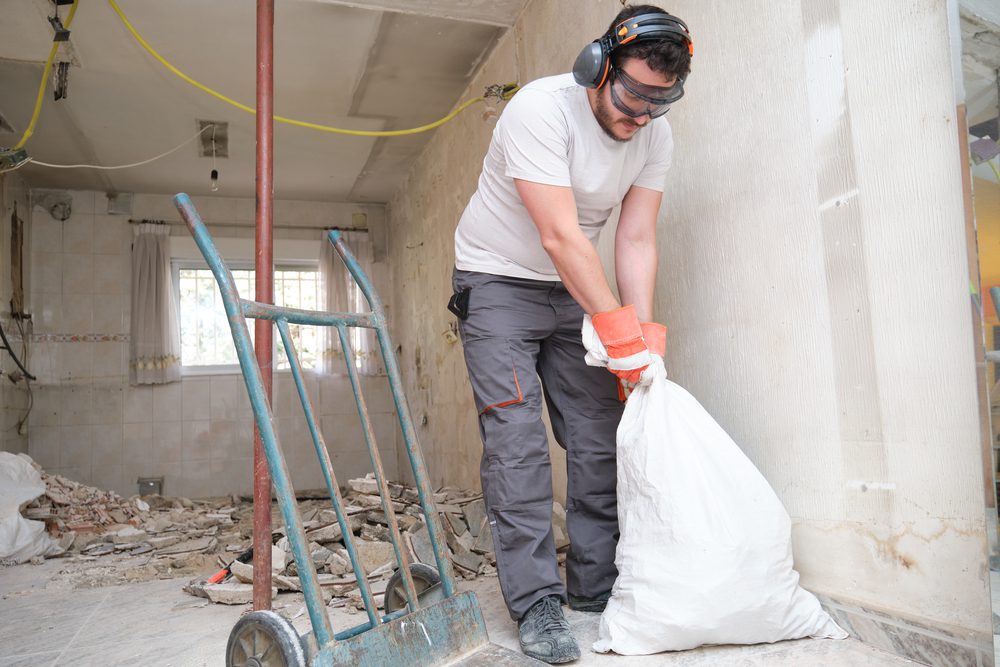
Waste stream management refers to the comprehensive strategies public and private services employ to handle and control the flow of different types of waste streams generated by communities and organizations. A waste stream, per se, describes the complete lifecycle of a particular waste from its creation and source to its collection, treatment, and final disposal. It may consist of solids, liquids, gases, or a combination thereof.
Most waste streams are generated in residential, commercial, or industrial environments. Management is crucial to ensure public health and safety as it is to protect the environment. To better understand how to handle, treat, and dispose of the waste properly, waste management professionals categorize waste streams based on where the waste originated from. Even though there are thousands of types of waste and numerous subcategories of waste, waste typically enters a stream through one of five main entry points, categorized as—municipal solid waste, industrial waste, construction waste, liquid waste, and hazardous waste. Let’s take a closer look.
Municipal Solid Waste
Often referred to as household waste, municipal solid waste (MSW) actually refers to the waste generated by households, commercial establishments, institutions, and certain industrial sources within a specific city or town, i.e., municipality. This waste typically includes everyday items like food scraps, paper, cardboard, plastics, glass, metals, textiles, yard waste, and household hazardous waste. Overall, MSW encompasses the trash that people and businesses generate in their daily activities. Managing municipal solid waste presents a significant challenge for municipalities and governments and requires strategies for collection, transportation, disposal, recycling, and sometimes energy recovery to minimize its environmental and public health impacts.
Industrial Waste
On the other hand, industrial waste is generated by industrial processes and activities. It is generated strictly by businesses and industries, including anything from packaging materials and office waste to manufacturing byproducts and chemical waste. It encompasses numerous materials produced by numerous industries, such as manufacturing, mining, agriculture, and energy production. Industrial waste can include various forms of solid, liquid, and gaseous waste and hazardous and non-hazardous materials. Because industrial wastes have a greater potential to harm human health or the environment, their handling, transportation, and disposal are regulated by federal, state, and local agencies to ensure public safety and environmental protection.
Construction Waste
Construction waste refers to the byproducts and waste materials generated during construction, renovation, demolition, and site-clearing activities related to buildings and infrastructure projects like roads, bridges, and housing developments. It includes such wastes as debris from demolition, excavated materials, packaging from construction materials, excess and unused materials, and hazardous materials and substances used or generated during construction or demolition activities. Pulverized concrete and bricks, disintegrated asbestos materials, excavated soil and rocks, excess insulation, asphalt, roofing, lead-based paint, solvents, and chemicals are common waste materials generated during construction projects.
As a waste stream, construction waste poses environmental and economic challenges, including landfill space consumption, resource depletion, pollution, and greenhouse or chemical gas emissions. For that reason, effective management of construction waste is crucial to minimize its impact on the environment and promote sustainable construction practices.
Liquid Waste
Though a somewhat diverse category, liquid waste is, nonetheless, any type of waste generated in a liquid state. Wastewater from residential, commercial, and industrial sources and waste from agricultural operations and medical facilities are primary sources of liquid waste streams. This type of waste can take on many forms, from the simple wash water that accumulates in our sinks and bathtubs at home to the used oils, greases, and solvents generated through cooking or mechanical processes in food production, auto shops, or factories. Liquid waste can also consist of more hazardous substances resulting from industrial discharges and chemical waste, which may contain any number of harmful substances, such as heavy metals, solvents, and other toxic chemicals.
Its proper treatment and disposal are vital to prevent significant environmental, health, and safety issues. Contaminated water bodies can not only harm aquatic ecosystems, leading to a decline in biodiversity and threatening the survival of various species, but any contamination of drinking water sources can result in a public health crisis.
Hazardous Waste
Due to its very nature, waste streams derived from hazardous materials substantially threaten human health, the environment, or both due to their chemical, physical, or biological properties. Because these wastes contain substances that are either toxic, corrosive, flammable, radioactive, or infectious, hazardous waste management is subject to strict regulations governing their generation, transportation, treatment, storage, and disposal.
Hazardous waste is generally sourced from various industrial and manufacturing processes, agriculture activities, healthcare facilities, laboratories, and even households. Chemical wastes like solvents, acids, pesticides, and fertilizers; heavy metals, toxic chemicals, and volatile organic compounds (VOCs) generated during certain industrial processes; and biomedical waste from healthcare facilities, research laboratories, and veterinary clinics are common hazardous waste stream sources. Radioactive materials contaminated with radioactive substances like spent nuclear fuel and radioactive medical isotopes are another type of hazardous waste stream. Even discarded electronic devices and equipment, referred to as electronic waste or e-waste, contain hazardous materials such as lead, mercury, cadmium, and brominated flame retardants that must be properly managed.
Waste stream management is a complex and multifaceted field. If your business or organization has questions concerning how your waste stream can be properly managed, contact Maine Labpack, Inc. We are one of New England’s leading waste management services providers, including hazardous waste management and sustainable waste management solutions. To learn more, call Maine Labpack today.
